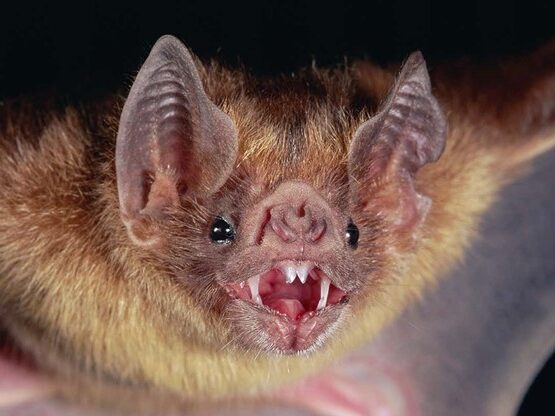
Great Ecology Recognized as one of San Diego’s Fastest Growing Companies
October 24, 2023
Innovative Stormwater Treatment System Opens
November 7, 2023
Creepy Creature Feature: Bats
Author: Carter Teasdale
Bats are often thought of as blood sucking, disease carrying, winged demons. Bats are used as spooky imagery at Halloween and are synonymous with the infamous Count Dracula. While bats may appear scary, the dangers they pose to humans are greatly exaggerated, and the issues they cause are but minuscule when juxtaposed with the wealth of benefits they provide.
To clarify, there are three bat species that drink blood, however they very rarely consume the blood of humans and prefer to feed on the blood of domestic animals such as cows, horses and pigs. Out of more than 1400 species of bats, only 3 species feed on blood. Interestingly, vampire bat saliva contains an anticoagulant that may soon be used to treat humans with heart issues.
Bats are an essential part of many ecosystems. If you’ve read our other blog on unexpected pollinators, you’ll know that bats play an integral role in pollination. The baobab tree (Adansonia) relies almost exclusively on bats for pollination. Without them, baobabs would die resulting in the collapse of one of the most crucial ecosystems on our planet. In addition to pollination, bats also carry out the important job of seed distribution. Fruit bats account for 95% of all seed distribution responsible for early growth in rainforests that have been recently cleared. Without bats, ecosystems would gradually weaken, and eventually disappear.
Along with natural ecosystems, agricultural ecosystems too benefit from the services that bats provide. Agricultural plants such as bananas, mangoes, cashews, dates, avocados, peaches, cloves, and figs all rely on bat pollination to survive. Not only do bats pollinate crops, but they also help protect them from insects. Insects are a source of food for many bat species, which helps to mitigate overpopulation, as well as damage done to agricultural resources. Bats are estimated to save more than $1 billion per year in crop damages and pesticide costs in the U.S. corn industry alone, and more than $3 billion across all U.S. agricultural production.
Even though bats are massively beneficial, that doesn't mean that they don’t cause issues. While bites are exceedingly rare, they can still happen. If you are bitten by a bat, or if their saliva gets into your eyes, nose, mouth or wounds, the affected area should be washed, and medical help should be sought immediately. It should be noted that it is not possible to contract rabies from seeing a bat at a distance, nor can it be contracted from bat guano (feces), blood, urine, or fur. Although bats can spread diseases, they can also help prevent them. Since many bat species eat insects, they help control mosquito populations. Without bats, diseases such as West Nile would be much more prominent.
Unfortunately, bat populations are declining due to human misunderstanding, loss of habitat, and disease. A fungal disease known as white-nose syndrome has killed more than 5 million bats since its discovery in 2006. It can be transmitted from bat-to-bat, cave-to-bat, or even cave-to-cave from humans unknowingly carrying the fungus on their shoes, clothing or equipment.
If you want to help bats while also helping yourself, you can build a bat house. A bat house provides the bat with a warm shelter to call home and provides you with the comfort of having less mosquitoes in your yard, and more time to enjoy outside.
